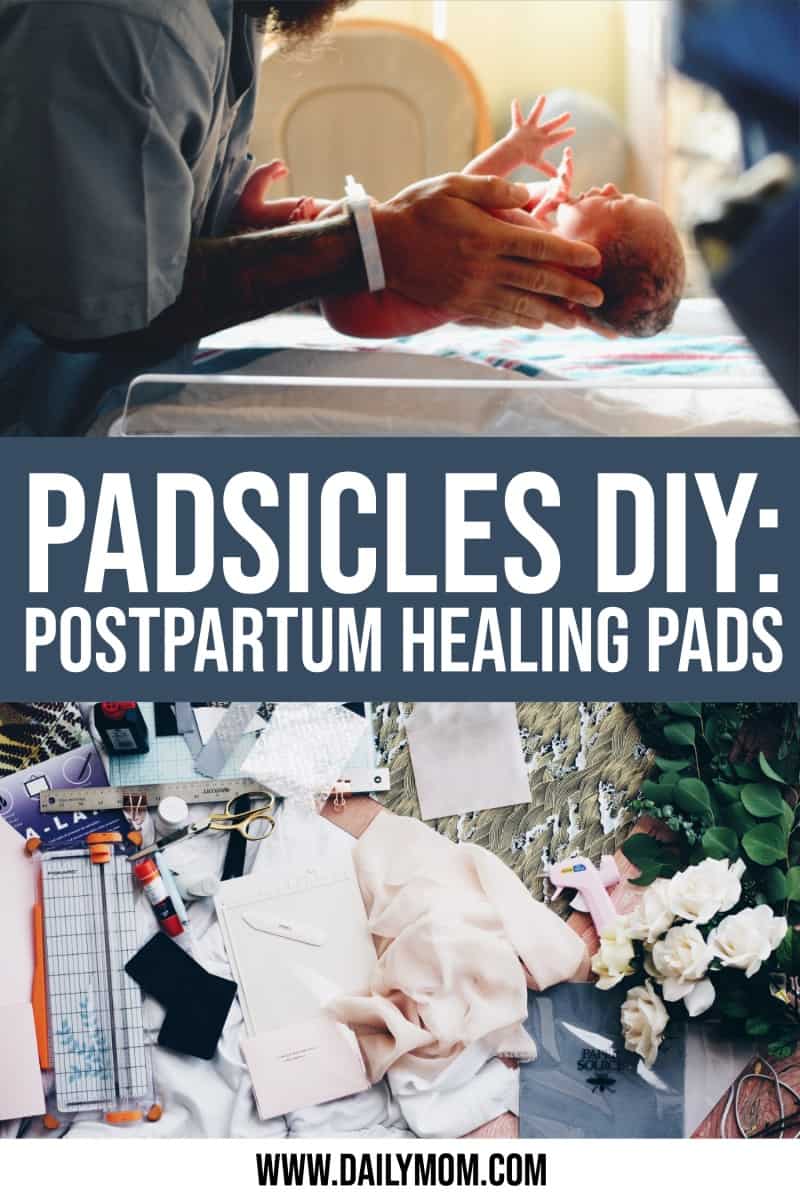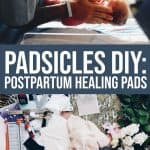Most women go through a life-changing experience once or several times in their life and it is called ‘giving birth’. It is both a beautiful and traumatic experience at the same time. Although most mothers heave a big sigh of relief once their baby is in their arms, the experience of ‘birth’ doesn’t end there. Postpartum life isn’t easy. It is filled with a mother’s struggle to adjust to their new life with someone else in the picture, not to mention a very painful vagina after a vaginal delivery! One way to help ease the discomfort in the ‘lady area’ is by making a padsicle.
What is a Padsicle?
The word ‘padsicle’ sounds strange, but it’s just a blend of the words pad and popsicle. A padsicle is basically a pad soaked in an herbal concoction that is then placed in the freezer until use.
What is a Padsicle Used For?
The aim of a padsicle is to make life a whole lot easier for the new mom as it soothes the tissues of the swollen perineum and the vulva after a vaginal birth. It also helps in the back end department where there are most likely inflamed hemorrhoids.
Read More: The Truth About Labor and Delivery: Everyone Poops
Benefits of Padsicles
Before padsicles there were sitz baths. These are baths filled with Epsom salts, and often essential oils were added for their healing benefits, to ease a new mother’s pain. However, as much as a sitz bath aids postpartum recovery, and a number of other medical conditions, it is hard for a first time mum to find time to sit in a bathtub for 20 minutes morning and night. Plus, due to postpartum bleeding, a bath may not seem so pleasant (or hygienic).
Advantages of a Padsicle include:
- All ingredients are those used in a sitz bath, plus so much more.
- Padsicles can be replaced 3-4 times daily for additional soothing of the sore vaginal area.
- Mum do whatever she needs to do, while at the same time, looking after her vagina.
- Placing a damp pad in the freezer reduces swelling and bruising.
- Ingredients are easy to find, and many you likely may already have at home.
- Padsicles can be made ahead of time, allowing mum to have a supply ready when baby is born.

Ingredients commonly used in Padsicles, along with their benefits:
Witch Hazel
Witch Hazel is one of the most popular ingredients as it reduces inflammation with its astringent properties. It’s an antiseptic, fights against bacteria to prevent infection, and helps to control bleeding and secretions by tightening the skin. This causes the blood vessels to shrink (especially helpful with an episiotomy wound or stitches). Witch hazel also benefits hemorrhoids by reducing the size of the enlarged veins.
Pure Aloe Vera Gel
Pure aloe vera gel contains strong antioxidant and antibacterial properties that belong to a big family of substances known as polyphenols. The polyphenols, along with other compounds within Aloe Vera, help prevent the growth of certain strains of bacteria that cause infections.
Calendula Flower
This flower is a must when buying ingredients to put onto a padsicle. The calendula flower is one of the strongest antiviral herbs. This flower heals hemorrhoids and wounds by rapidly increasing the blood flow and oxygen to the sore. It also improves skin firmness, prevents infection, it is anti-inflammatory, antifungal and it contains antibacterial properties.
Comfrey Leaf
The comfrey leaf is high in calcium and vitamin C, which speeds up the healing process.
Plantain Leaf
This herb is extremely high in Vitamin A and C, it aids in relieving pain and promoting healing in wounds and bruises. Plantain also provides hemorrhoid relief by decreasing the size of the swollen veins.
Epson Salt
A well known ingredient used for many health conditions and to aid recovery is Epsom Salt. Epsom salts are beneficial for easing pain and reducing the inflammation of the perineum and vulva.
Essential Oils
- Lavender Oil: Reduces inflammation, effective for preventing infection and healing wounds rapidly.
- Rosemary Oil: Acts as a pain reliever and reduces inflammation of the swollen tissues.
- Tea Tree Oil: Possess’ antibacterial, antifungal, antiviral, anti-inflammatory and analgesic properties.
- Eucalyptus Oil: Contains antifungal, antibacterial and antioxidant properties.
- Chamomile Oil: Contains antiseptic and antibiotic properties by not letting infections develop from bacteria and fungi, as well as eliminates infections already present. Chamomile is also used to relieve pain.
- Rose Oil: Stimulates healthy tissue regeneration.
- Thyme Oil: It is the strongest antioxidant known. Helps protect against fungal and bacterial infections in the genitalia, and heals sores, wounds and cuts.
- Goldenseal Oil: Maintains anti-inflammatory, antibacterial and anti-fungal properties by fighting against bacteria, fungi and protozoa. This essential oil also acts to relieve pain, stop bleeding after childbirth, heal wounds and decrease the enlarged veins from hemorrhoids.
- Geranium Oil: Helps to heal broken capillaries.
- Frankincense Oil: Helps regenerate tissue and prevents scarring (perfect for wounds from tearing or an episiotomy).
Read More: 10 Uses for Lemon Essential Oil
5 Postpartum Padsicle Recipes
DIY Postpartum Padsicles from Pretty Providence
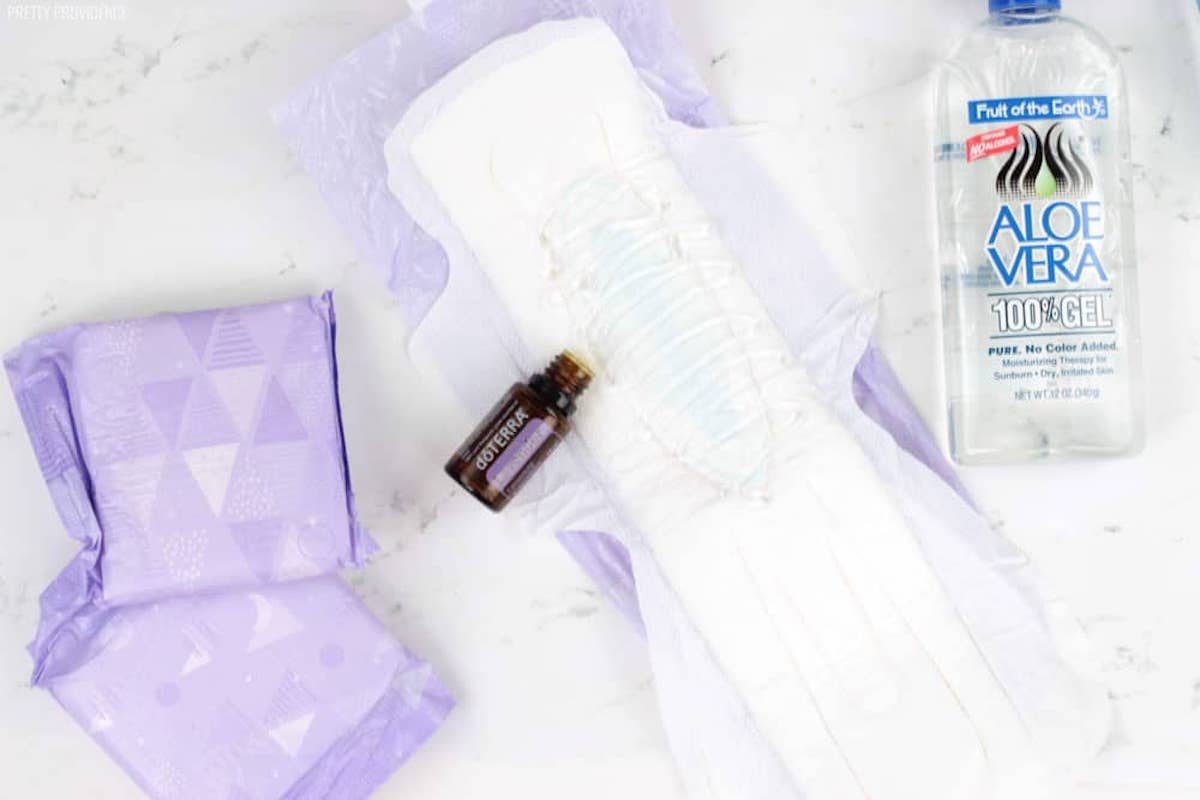
Sitz Bath Turned Padsicle from Mama Natural
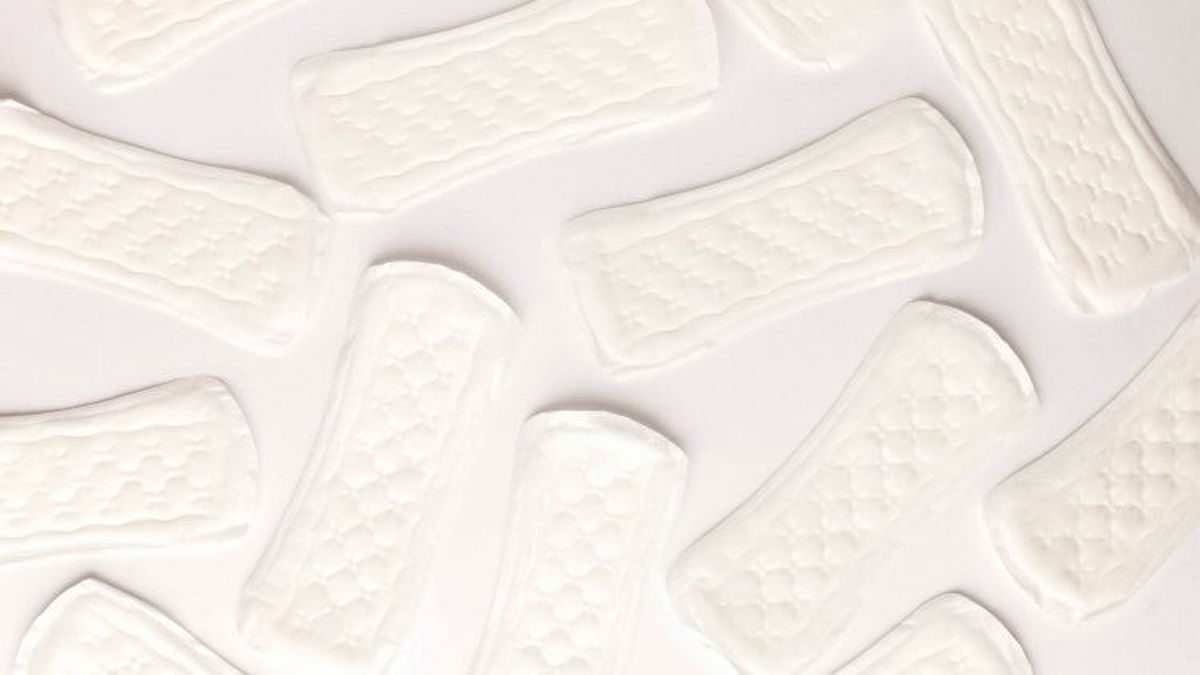
DIY Herbal Padsicles from Blooma
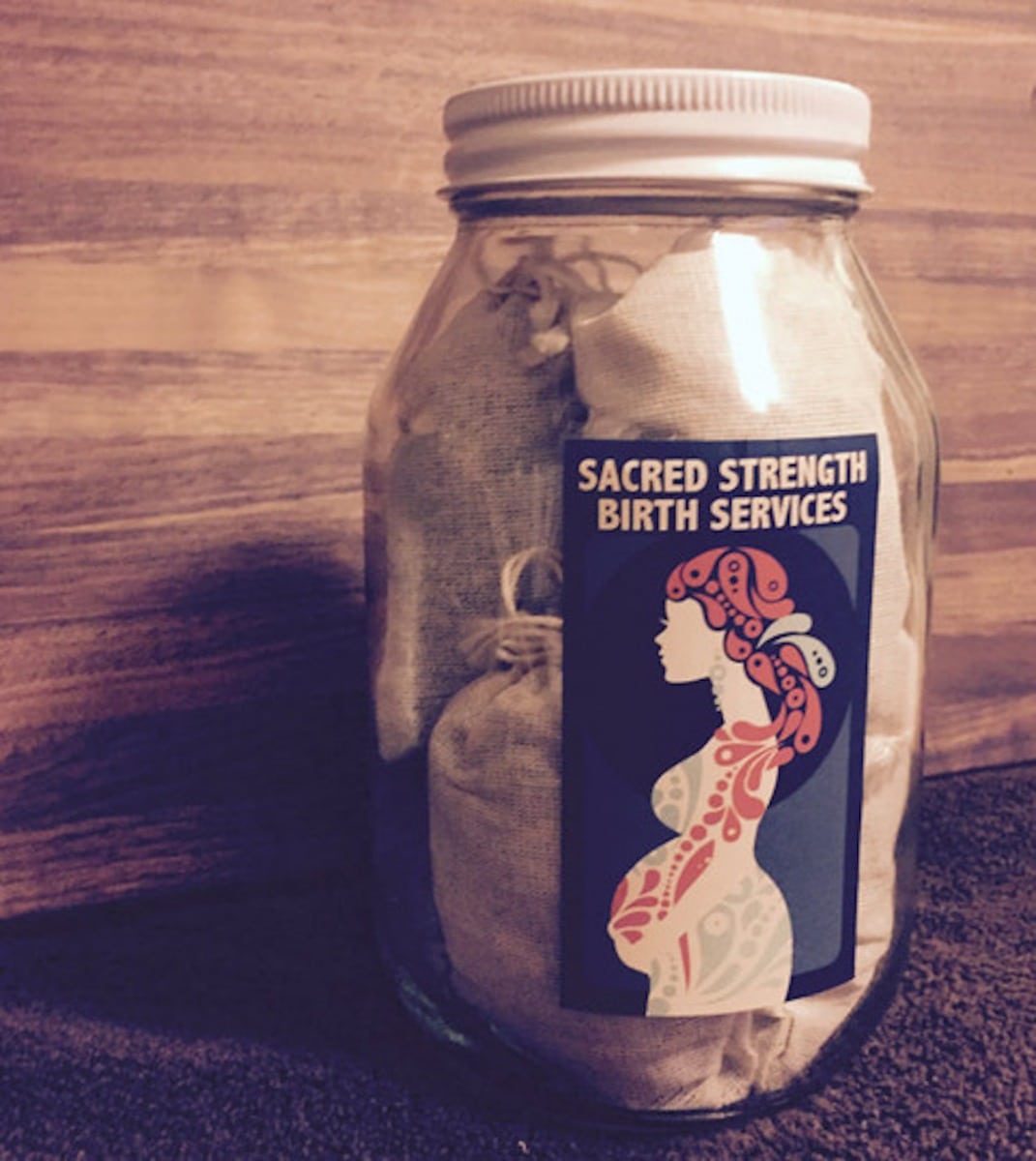
Herbal Postpartum Padsicles from Mother Rising
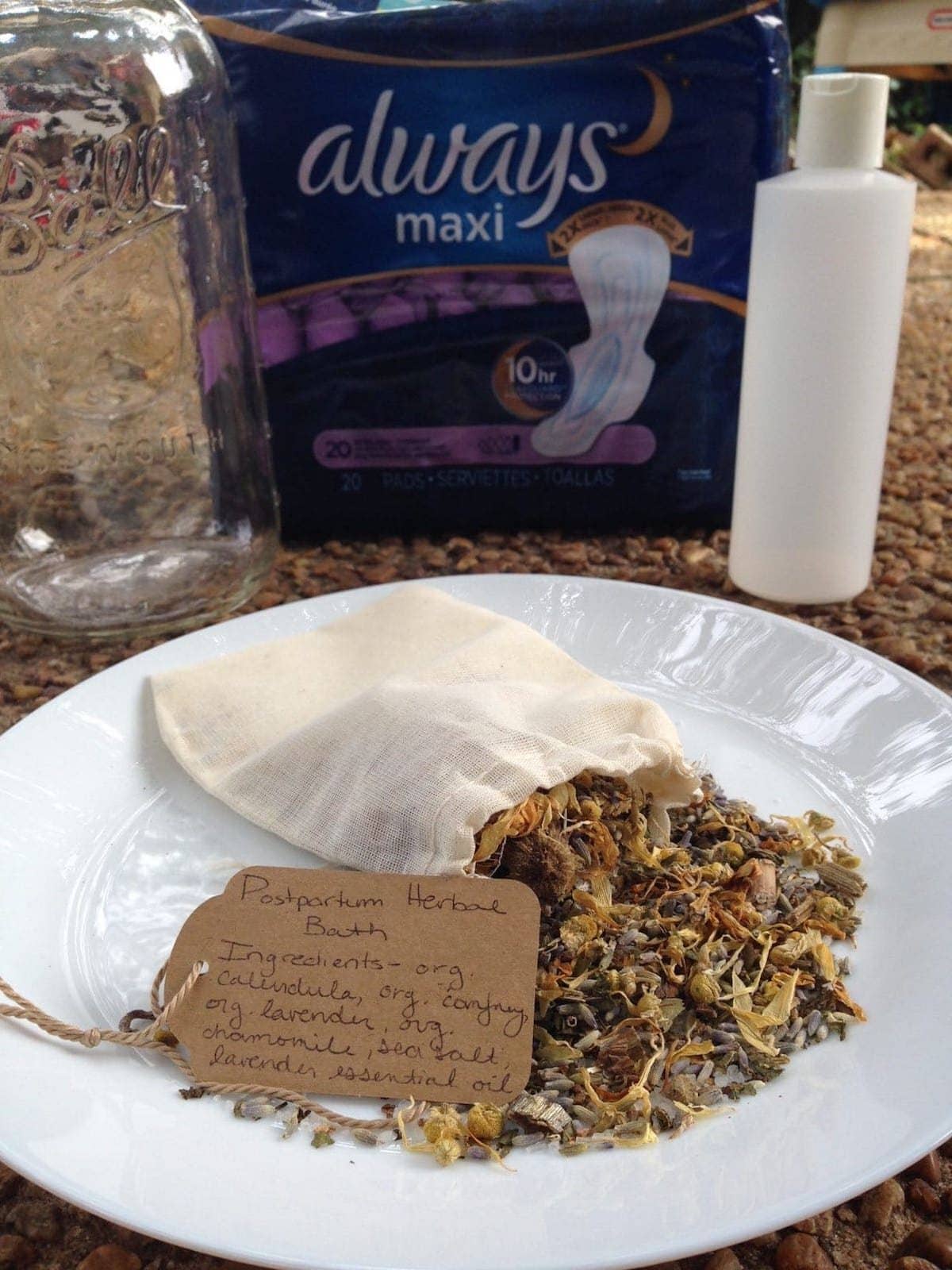
Essential Oil Padsicles from Baby Prepping
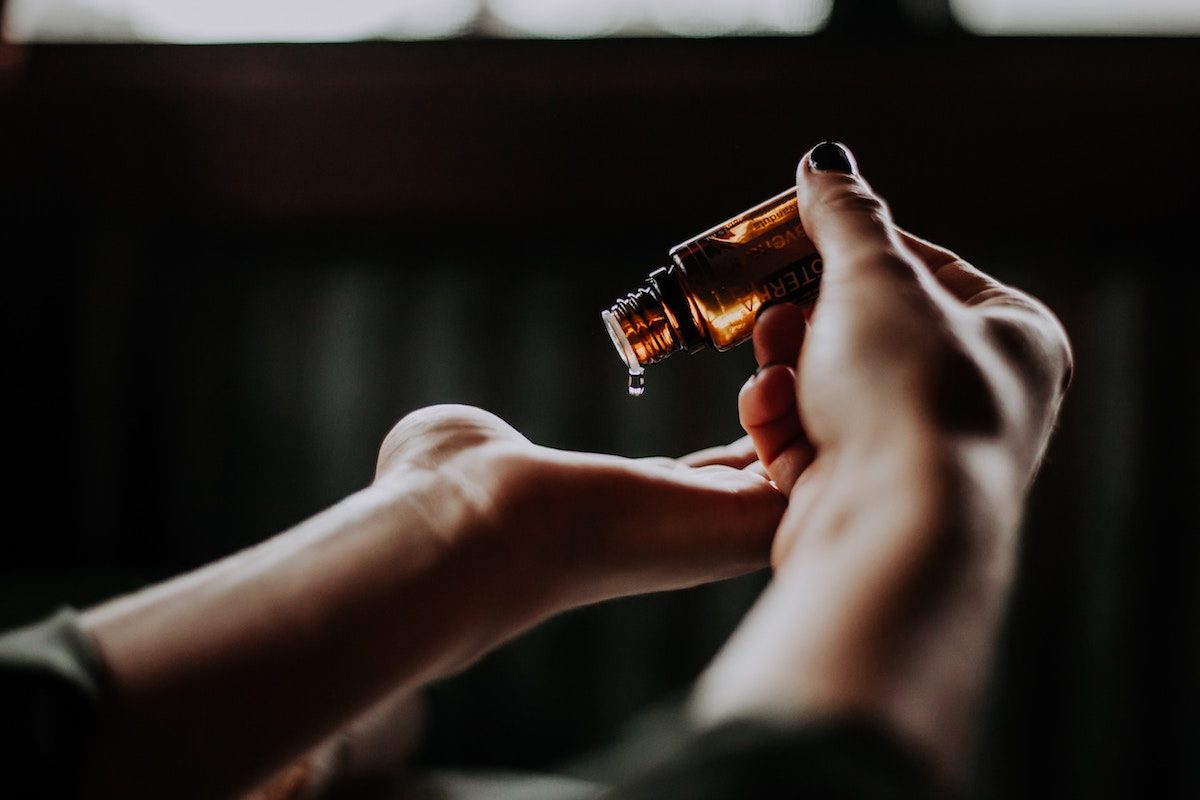
[td_smart_list_end]
Things to Remember when using Padsicles:
- Change your padsicle every 2-4 hours. This depends on how much blood fills the padsicle during postpartum recovery.
- When you need to use the pad, let it thaw for 2-3 minutes before placing it in your undies.
- Use 2-5 padsicles a day for the first two weeks postpartum. After that, use up to 4 padsicles each day for 6 weeks, or until bleeding and pain has ceased.
- Don’t forget to label the date you prepared that padsicle! Padsicles can only be stored in the freezer for up to 6 weeks. This makes it hard to decide when to prepare the padsicles because baby can really make an appearance anytime. Because of this, it’s best to begin making a few padsicles each week starting from 36 weeks. That way, if you go into early labor, you have a few padsicles already stored, ready to speed up your postpartum recovery.
Being in pain after giving birth is inevitable. However, a padsicle is one of the most natural and helpful ways to speed up your recovery after a vaginal delivery without taking antibiotics or any other medication. So take care of yourself mama because a happy mom means a happy baby!
WANT TO READ MORE?
Check out this article on Life After Pregnancy: Why menstrual cups are great for moms on the go.
